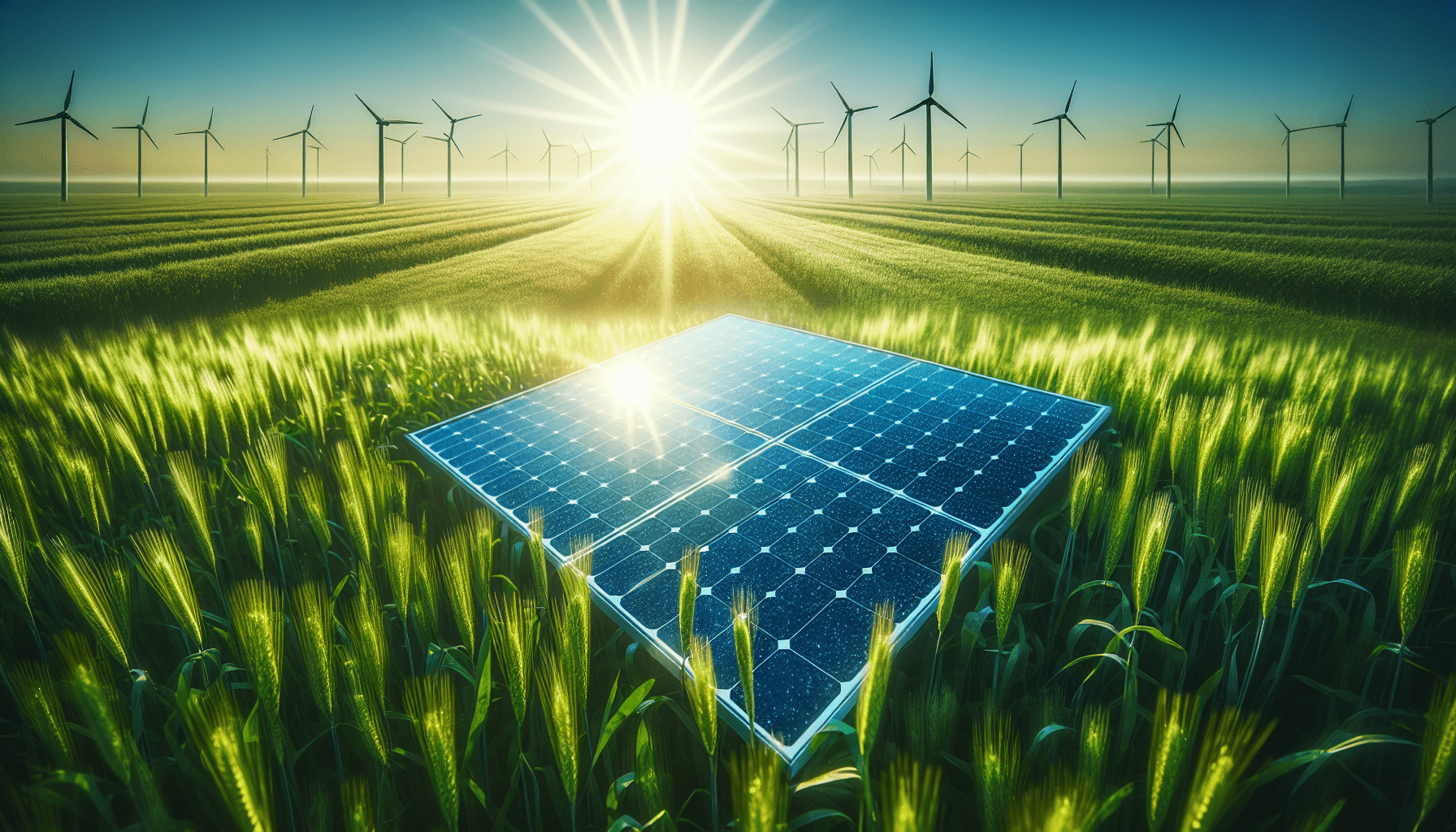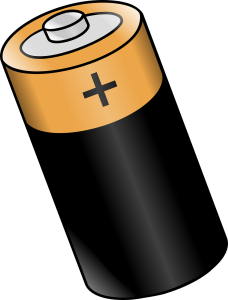How Can I Get Government Incentives For Green Energy?
Many of us wonder, “How can I get government incentives for green energy?” With the global shift towards sustainability, it’s an important and timely question. Transitioning to green energy can be a significant investment but various government incentives are available to make it more feasible and affordable.
Understanding Green Energy Incentives
Before diving into the process, it’s essential to understand what green energy incentives are. Generally, these incentives can come from federal, state, or local governments and may include tax credits, rebates, grants, or even low-interest loans.
Federal Incentives
In many countries, including the United States, the federal government provides substantial incentives to motivate individuals and businesses to adopt renewable energy sources.
- Renewable Energy Tax Credit: One of the most well-known incentives is the Investment Tax Credit (ITC), which allows us to deduct a significant portion of the cost of installing renewable energy systems from our federal taxes.
- Production Tax Credit: This applies to large-scale renewable energy producers and offers a per-kilowatt-hour tax credit for electricity generated by certain types of renewable energy resources.
State-Level Programs
Each state in the U.S. has its own set of programs and incentives. These may vary considerably and can include additional tax credits, rebates, or even performance-based incentives.
- State Tax Credits: Several states provide additional tax credits similar to the federal ITC but designed to complement it.
- Rebate Programs: Rebates can cover a portion of the installation costs for renewable energy systems, thereby reducing the initial investment.
- Performance Payments: These are payments made based on the amount of energy produced and can be an ongoing financial benefit for the lifetime of the system.
Local and Utility Incentives
Local governments and utility companies often offer their own sets of incentives. These can include anything from additional rebates to specific programs aimed at increasing energy efficiency at a household or business level.
- Municipal Incentives: Many cities have their green initiatives and offer various types of financial assistance or rebates.
- Utility Company Programs: Often, utility companies have programs that, for example, offer to buy excess power generated by residential solar systems or provide rebates for energy-efficient appliances.
Qualification Criteria
To take advantage of these incentives, we need to know the qualification criteria. Generally, the eligibility conditions depend on the type of incentive and the governing body offering it.
Federal Incentive Qualification
- Residential Installations: For residential incentives like the ITC, we must own the property where the installation is taking place, and the system must meet specific energy efficiency standards.
- Commercial Applications: Businesses must meet different requirements that are often more stringent and can include performance benchmarks and additional documentation.
State and Local Qualification
State and local qualifications can vary but usually require us to adhere to state-specific regulations and installation standards.
- State Programs: These often have specific application deadlines and may require pre-approval before installation.
- Local Government and Utility Programs: These usually have quicker turnaround times but may also require adherence to local building codes and additional inspections.

Application Process
Securing these incentives generally involves a multi-step application process. Understanding these steps can save us time and effort and help ensure we reap the maximum benefits.
Pre-Installation Requirements
Some incentives require us to get pre-approval before starting any installation work. This often involves submitting an application form with detailed information about the proposed project.
Documentation
Proper documentation is crucial at every stage of the process. This may include:
- Proof of Ownership: Evidence that we own the property where the installation is being done.
- Technical Specifications: Detailed information about the renewable energy systems, including manufacturers and efficiency ratings.
Post-Installation Verification
After installation, many programs require verification to confirm that the system meets all codes and standards. This could involve inspections and additional documentation from certified professionals.
Types of Green Energy Systems Eligible for Incentives
While many renewable energy systems qualify for government incentives, it’s crucial to know which specific systems are eligible and what incentives apply to each.
Solar Power Systems
Solar power is one of the most incentivized forms of renewable energy.
- Photovoltaic Systems: These convert sunlight into electricity and generally qualify for numerous federal, state, and local incentives.
- Solar Water Heaters: These systems can also qualify for various rebates and tax credits.
Wind Energy Systems
Small wind turbines designed for residential and commercial use can also qualify for various incentives.
- Small Wind Turbines: Typically fall under the same categories as solar PV systems for tax credits and rebates.
Geothermal Heat Pumps
Geothermal systems are another excellent option for extracting heat from the earth to both heat and cool buildings. These systems often qualify for federal and state tax credits.
Biomass & Hydropower
While less common for residential use, biomass and small hydropower systems can also qualify for various incentives, especially in commercial or agricultural settings.

Financial Considerations
Understanding the financial implications can help us make informed decisions. Let’s look at some key financial considerations.
Initial Costs
The initial investment in green energy systems can be substantial. However, incentives can significantly reduce these upfront costs.
Return on Investment (ROI)
Installing a renewable energy system can offer substantial long-term financial benefits. Reduced energy costs and potential income from excess energy production (if sold back to the grid) can provide an attractive ROI.
Funding & Financing Options
Various funding and financing options are also available to help manage the initial cost.
- Loans: Many financial institutions offer low-interest loans specifically designed for renewable energy installations.
- Grants: While more competitive and limited, grants provide non-repayable funds to cover part of the installation costs.
- PACE Financing: Property Assessed Clean Energy (PACE) programs allow property owners to finance energy improvements through their property tax bill.
Common Challenges and How to Overcome Them
Like any major project, pursuing green energy incentives can come with challenges. Knowing what to expect can help us navigate these hurdles more effectively.
Navigating Bureaucracy
Government programs can be bogged down with red tape. Patience and meticulous documentation can help us navigate this smoothly.
Meeting Compliance Standards
Ensuring our system meets all local, state, and federal standards may require hiring certified professionals for installation and inspections.
Understanding Technical Jargon
The technical aspects of renewable energy systems can be overwhelming. Consulting specialists or utilizing resources provided by incentive programs can help us understand what’s required.
Key Takeaways
Government incentives for green energy can make installing renewable energy systems far more affordable. Understanding the types of incentives available, qualification criteria, and the application process can help us take maximum advantage of these opportunities.
Incentive Breakdown
| Type of Incentive | Governing Body | Description |
|---|---|---|
| Investment Tax Credit | Federal | Tax credit for a portion of the installation cost |
| Production Tax Credit | Federal | Per-kilowatt-hour credit for energy produced |
| State Tax Credits | State | Additional tax credits to complement federal programs |
| Rebates | State/Local | Direct payments to reduce initial installation costs |
| Performance Payments | State/Local | Payments based on the amount of energy produced |
| Municipal Incentives | Local | Various types of financial assistance or rebates |
| Utility Company Programs | Local/Utility | Rebate programs or payments for excess energy production |
Remember, every little bit counts when it comes to taking steps toward sustainability. By leveraging these incentives, we can make green energy more attainable and contribute to a healthier planet together.



